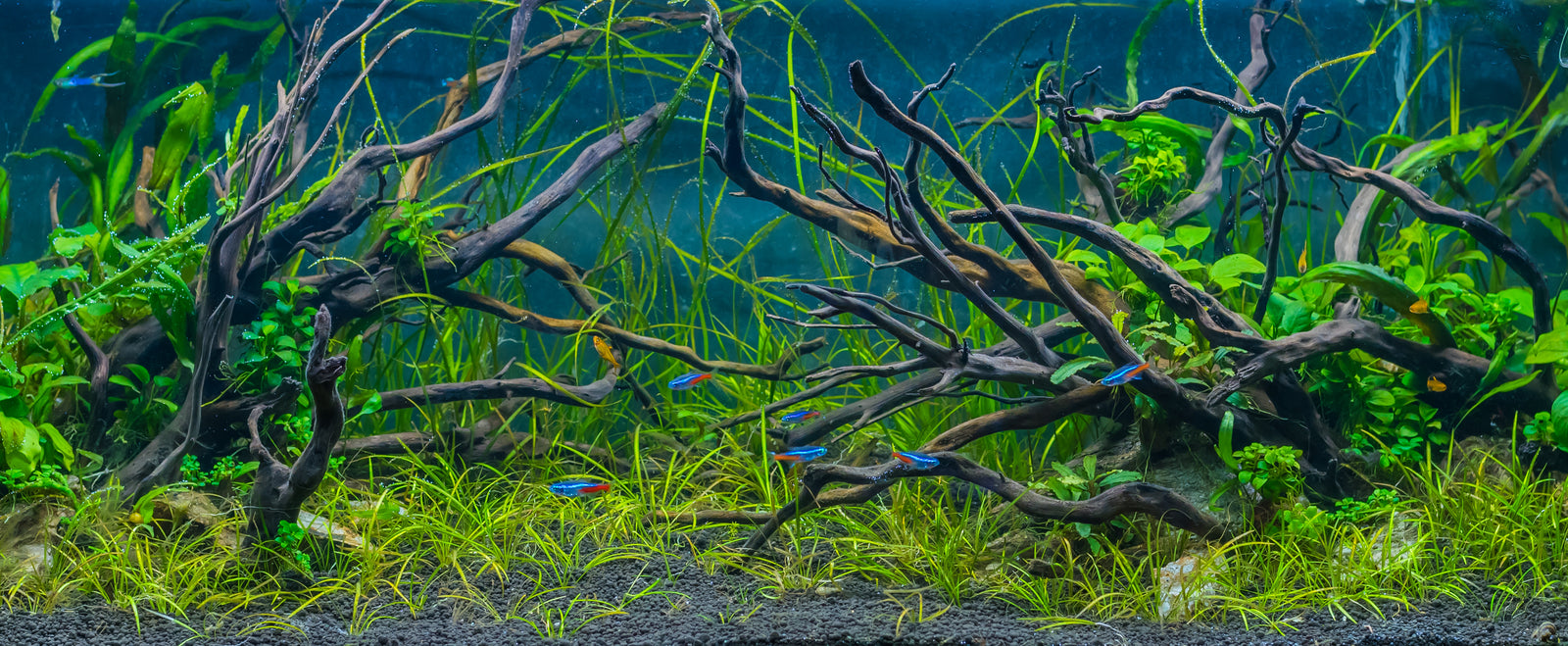The Importance of Aquarium Footprint: Why It Matters More Than Volume
Aquarium keeping is a hobby that can bring great joy and relaxation to those who participate in it. But to truly enjoy your aquarium, you must ensure that your fish and other aquatic life have the proper conditions to thrive. One important factor that is often overlooked by aquarium enthusiasts is the footprint of the aquarium. In this article, we will discuss why the aquarium footprint is more important than the volume, and what it means for the health and well-being of your aquatic life.
Accurate Measurement of Space Requirements: The footprint of an aquarium is a more accurate measurement of the space required to keep your fish and other aquatic life happy and healthy. The footprint takes into account the entire surface area of the aquarium, which is important for calculating the amount of light and oxygen the fish need. This is because light and oxygen enter the aquarium through the surface of the water, not the volume of the water.
Better Understanding of Aquarium Design: The footprint of an aquarium provides a more complete picture of the design and layout of the tank. This includes the size and shape of the aquarium, as well as the location of filtration and lighting systems. Understanding the footprint of an aquarium can help you make better decisions about the placement and setup of your tank. This, in turn, can improve the health and well-being of your fish and other aquatic life.
Promotes Sustainable Aquarium Keeping: By focusing on the footprint of the aquarium, rather than the volume, you can promote more sustainable aquarium keeping. Smaller, more compact tanks require less resources such as water, energy, and equipment, making them more environmentally friendly. By keeping a smaller footprint, you can reduce your impact on the environment, and still enjoy your hobby.
Our fish like to swim in different ways, a 500L aquarium sounds perfect for lots of fish, but a 500L cylinder would likely be unsuitable for bristlenose plecos that like the extra room at the bottom of an aquarium, where a 500L cylinder could be well suitable for neon tetras. The flip of that, is a 500L aquariums that is 2 meters long, 1 meter wide and only 20cm high could be perfect for bristlenose plecos, but a very poor choice for African Cichlids. Remove the footprint of both of these aquariums and 500 litres sounds great for all of the species just named.
Easier Planning for Future Expansions: When considering the footprint of an aquarium, it is easier to plan for future expansions. The footprint provides a clear picture of the amount of space required for any additional equipment or systems that may be added in the future. This helps you to better plan and prepare for future upgrades and expansions, ensuring that your tank remains healthy and functional for years to come.
In conclusion, the footprint of an aquarium is a critical factor in ensuring the health and well-being of your fish and other aquatic life. By focusing on the footprint of the aquarium, rather than the volume, you can make better decisions about the placement and setup of your tank, promote sustainable aquarium keeping, and plan for future expansions. Whether you are a seasoned aquarist or a beginner, understanding the importance of aquarium footprint is key to enjoying a healthy and successful aquarium.


















Leave a comment (all fields required)